by Louise Irvine
Symbols of a North American bison and a stag are depicted on one the most dramatic glass vessels at WMODA. It is from the Petroglyph series that William Morris created in the late 1980s. Morris became fascinated with Native American anthropology and archaeological fragments while growing up in Carmel, California. He studied rock carvings and paintings as well as burial grounds and prehistoric artifacts to develop a deeper understanding of the connection between humanity and nature. Morris has always pursued an active outdoor life, communing with nature in a visceral way. He loves fishing, bow hunting, hiking, diving, rock climbing and paragliding. His artistic body of work is derived directly from nature as well as filtered through cultural history.
As a student at California State University at Chico, Morris fell in love with the potter’s wheel and might have continued in ceramics if he had not encountered Chihuly’s new residential school of glass at Pilchuck, Washington in 1978. He drove the Pilchuck truck in exchange for training and lived in a tree house in the forest. Chihuly’s loss of an eye and a later shoulder injury led the pioneering glass artist to rely on Morris, who became his chief gaffer in the 1980s. Together they developed the Macchia series and the Soft Cylinders. Chihuly later acknowledged Morris’ glassblowing skills, “I was never as good as Billy”.
Morris worked with Chihuly for around ten years before forming his own studio and following his personal artistic vision. He was inspired by the myths and ancient cultures of the world, evoking images made by people who respected their environment and were mindful of their bonds with nature in everyday life. His Petroglyph series explored primitive cave art, which he interpreted with drawings of animals and other potent symbols in glass powders. After heating these on a steel plate, the powder drawings were rolled on to the vessel during the blowing process.
A visit to the Orkney Islands in Scotland inspired Morris’ series of Standing Stones sculptures and vessels in the early 1980s. The Stones of Stenness is believed to be the oldest Neolothic henge site in the UK, pre-dating the better-known Stonehenge. Morris’ glass Monolith at WMODA stands an impressive 38 inches tall and was blown in a mold, quite a technical feat for an American glass artist in 1982. Images of the lichen covered stones in the Ring of Brodgar are reflected on some mystical vessels in the WMODA collection.
The diverse, sensual surfaces of Morris’ glass art are achieved by various techniques including sprinkling powdered colored glass and minerals onto the molten vessel, etching, sculpting, molding, and acid washing. Some of his later glass sculptures appear more like bone, ceramic, wood, or stone and look as if they have been unearthed at an archaeological dig. Morris spent over 25 years honing his glass-making skills before deciding to break from the daily demands of his artistic life, running a busy glass crew and maintaining an intense exhibition schedule. He retired from glass in 2007 at the age of 50 and is now able to pursue his other interests in a quest to determine what is meaningful in life.

Petroglyph Bison by W. Morris

Petroglyph Stag by W. Morris
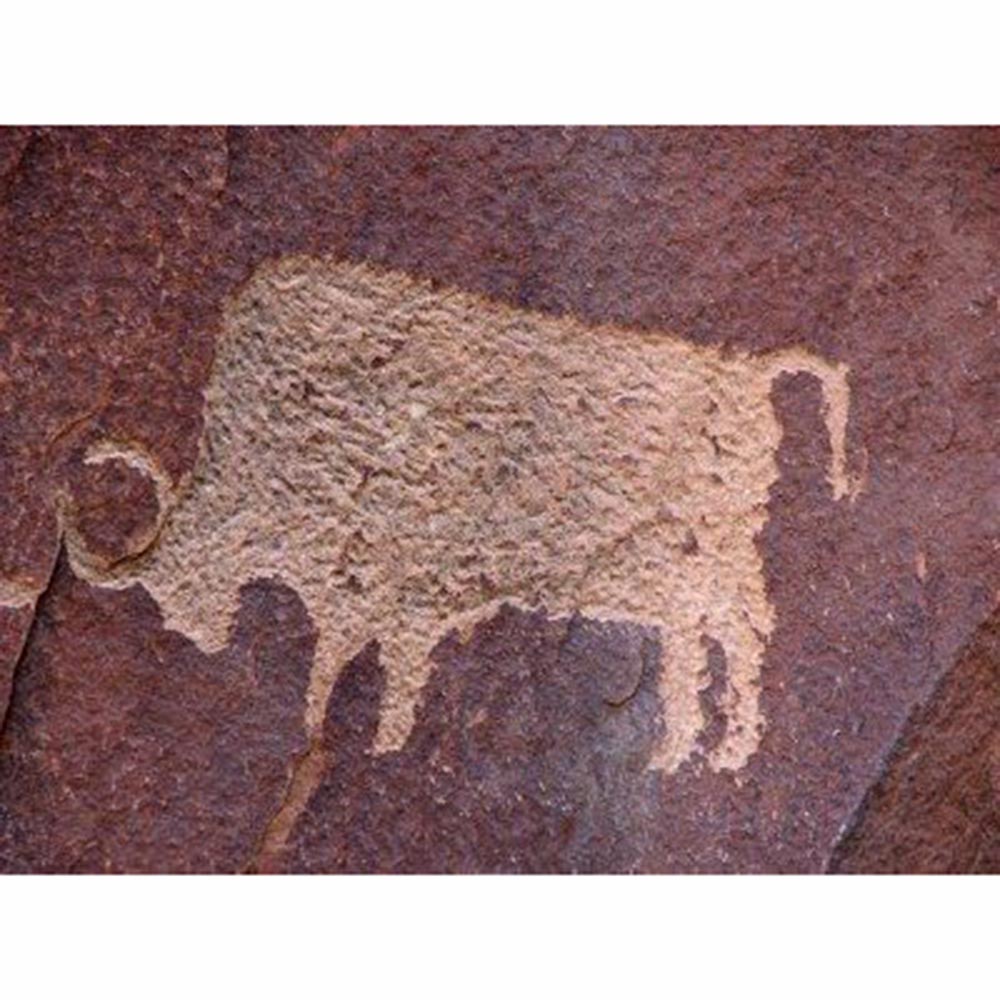
Ancient Petroglyph
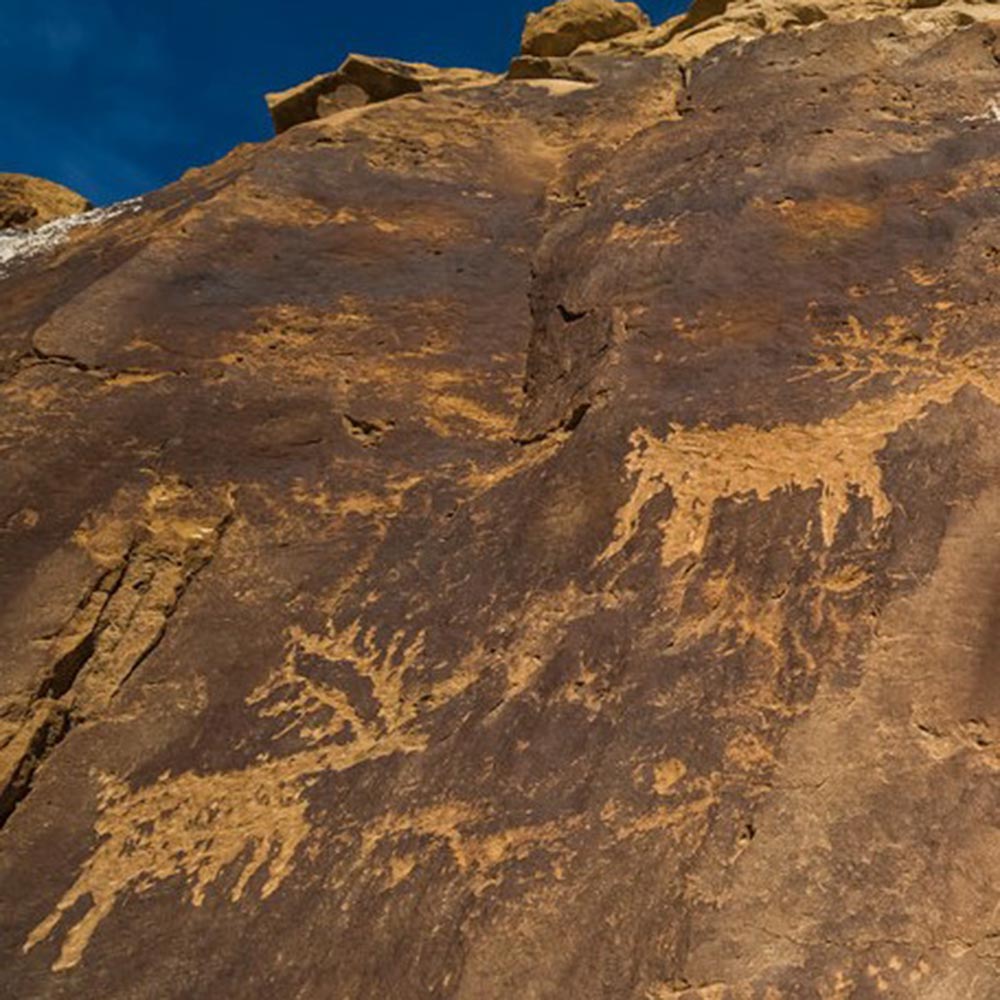
Ancient Petroglyph
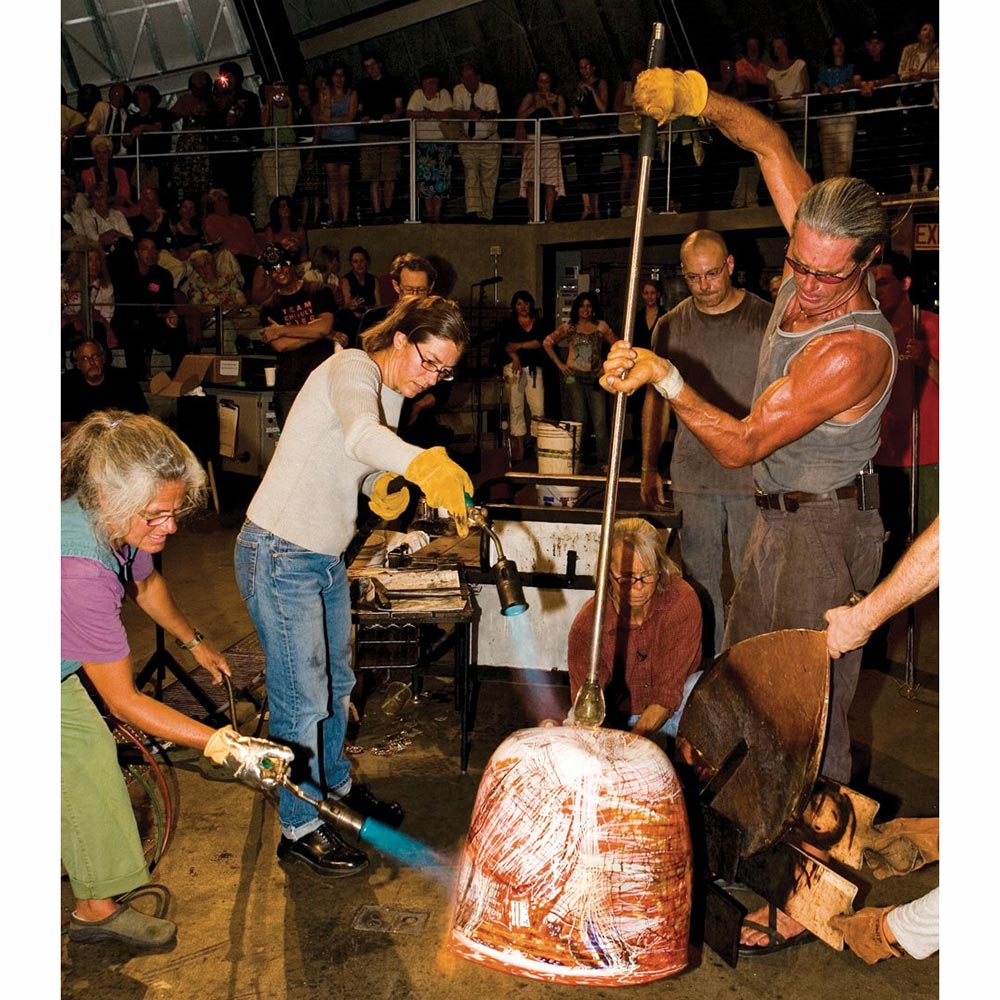
William Morris
“I’m not interested in replicating anything, it’s more the impression of things, of textures, colors, something that has survived for centuries in severe and remote locations. You cannot delineate that literally, but intuitively, viscerally.”
- William Morris

Petroglyph Symbols by W. Morris
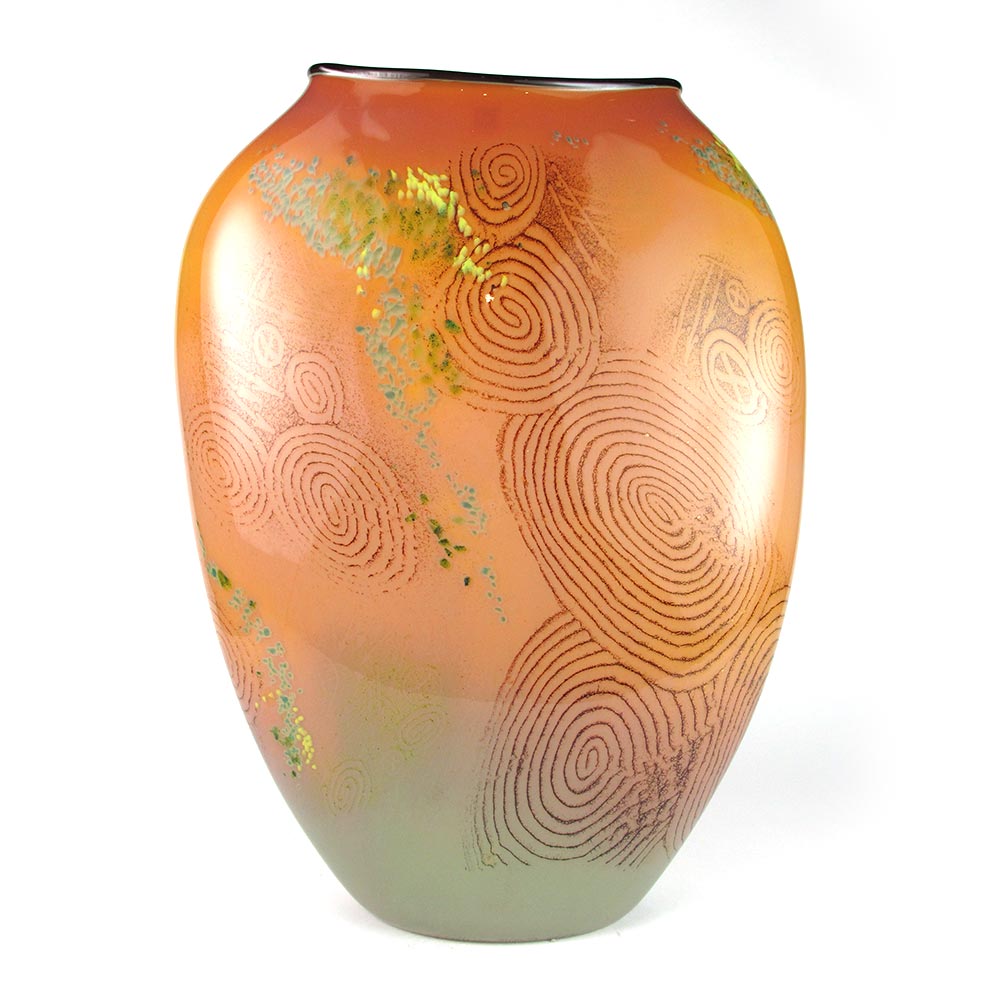
Petroglyph Symbols by W. Morris
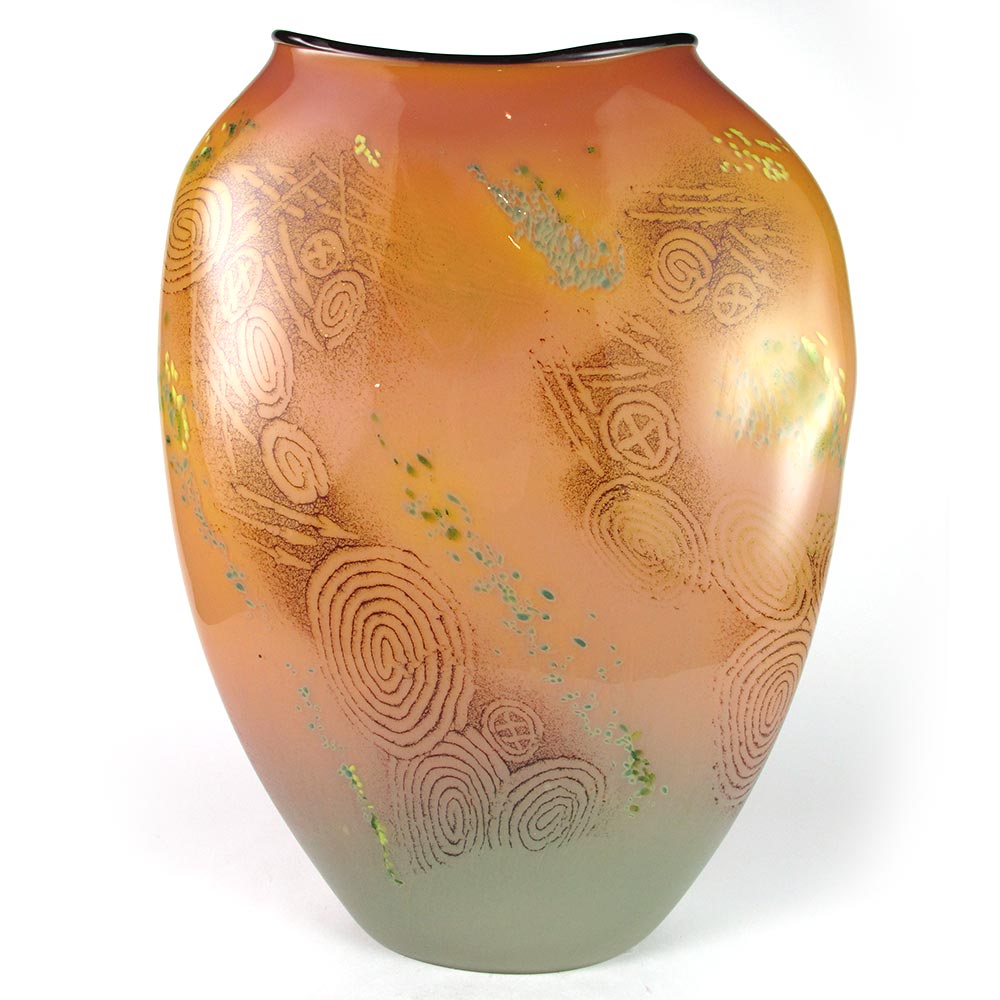
Petroglyph Symbols by W. Morris

Ancient Petroglyph Symbols
“Art broadly speaking is that which invites us into contemplation. Art arrests attention, it is an important service to the soul. The glassblowing process is very humbling, and I have always been appreciative of how much I am able to get away with. Glassblowing is the closest thing to alchemy that I know of.”
- William Morris
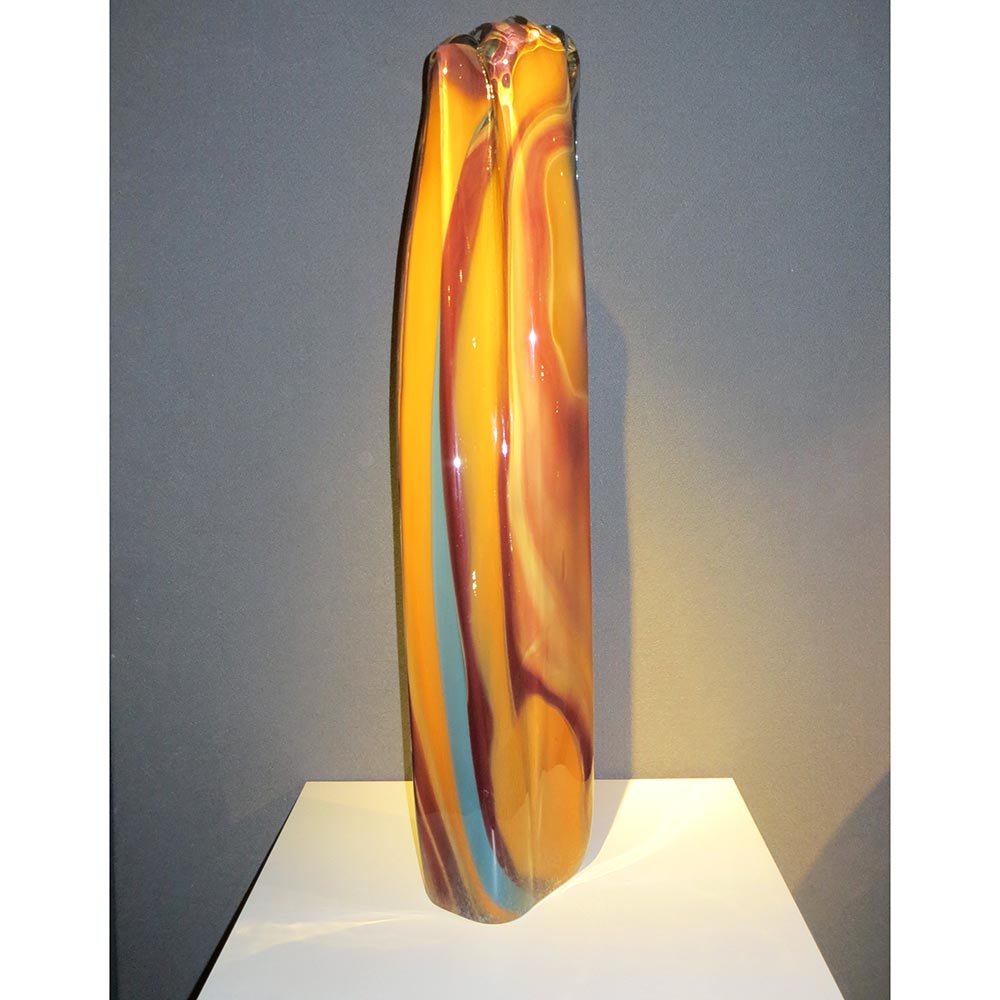
Monolith by W. Morris
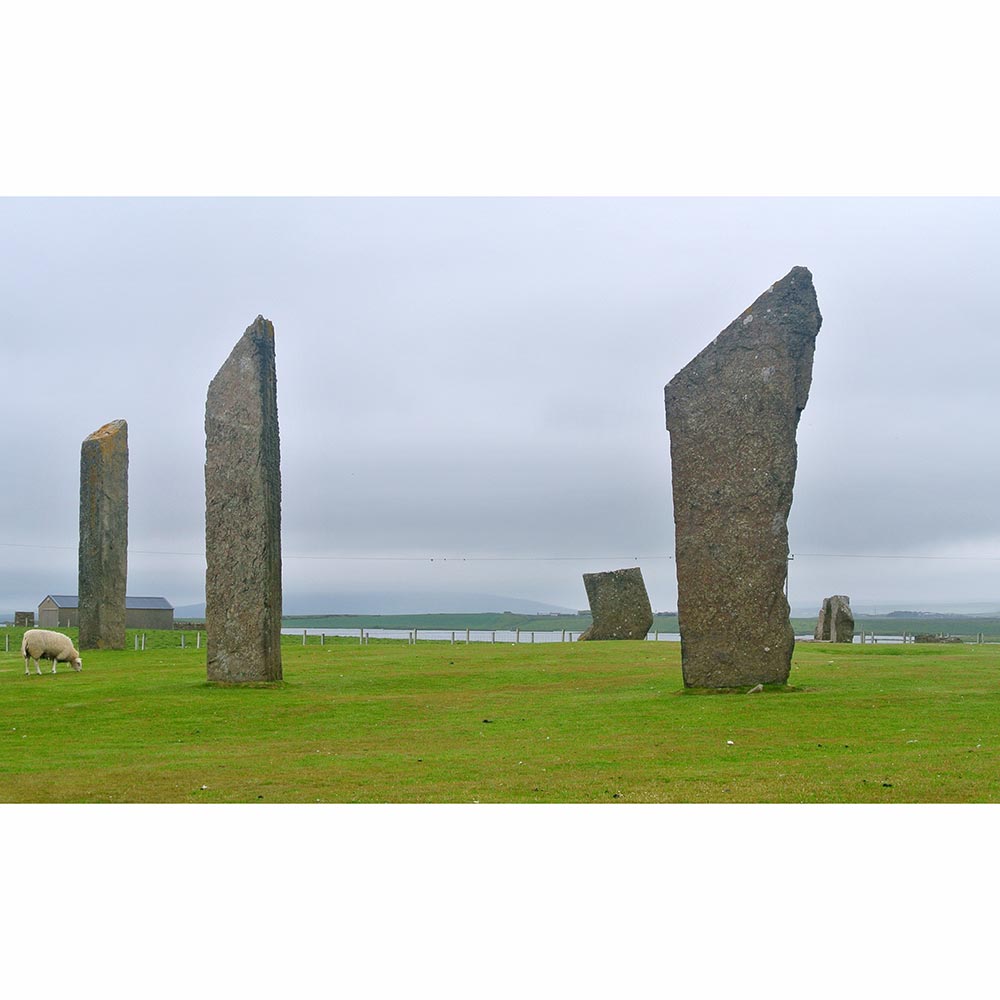
The Stones of Stenness

The Stones of Stenness
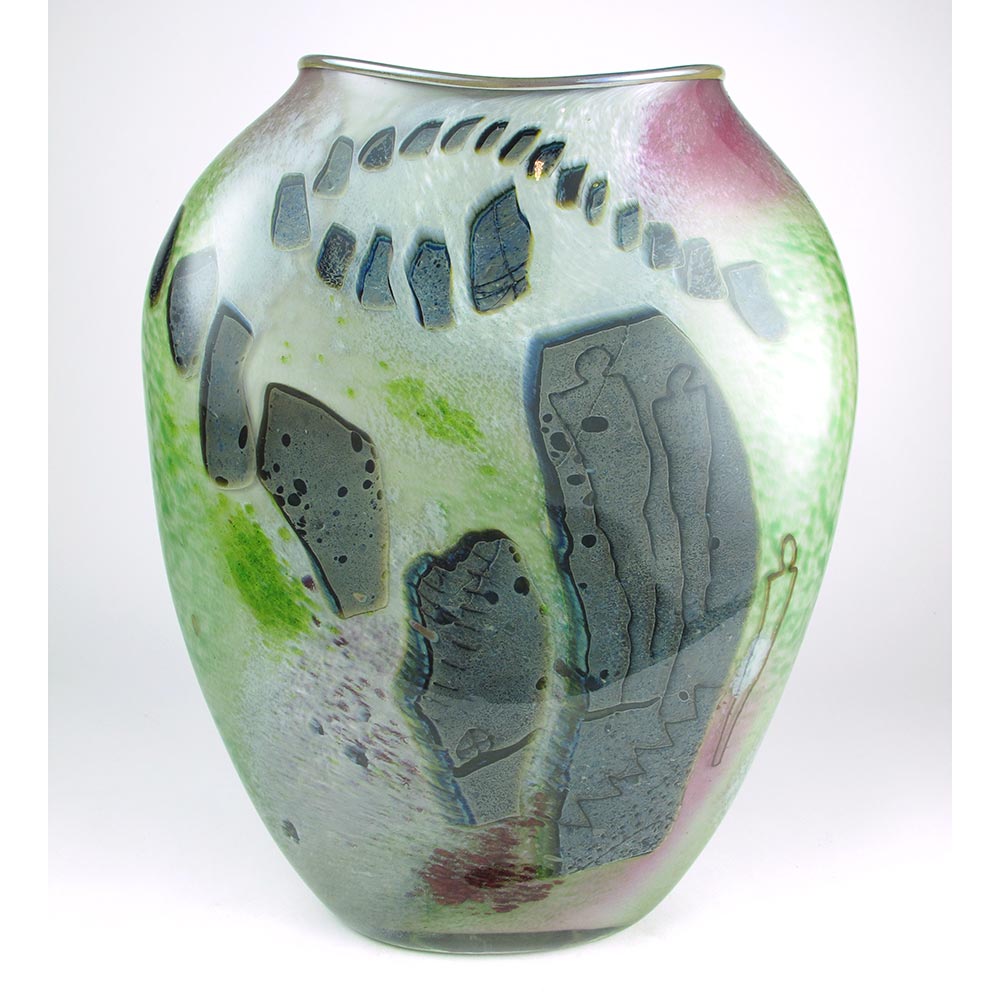
Stone Circle by W. Morris
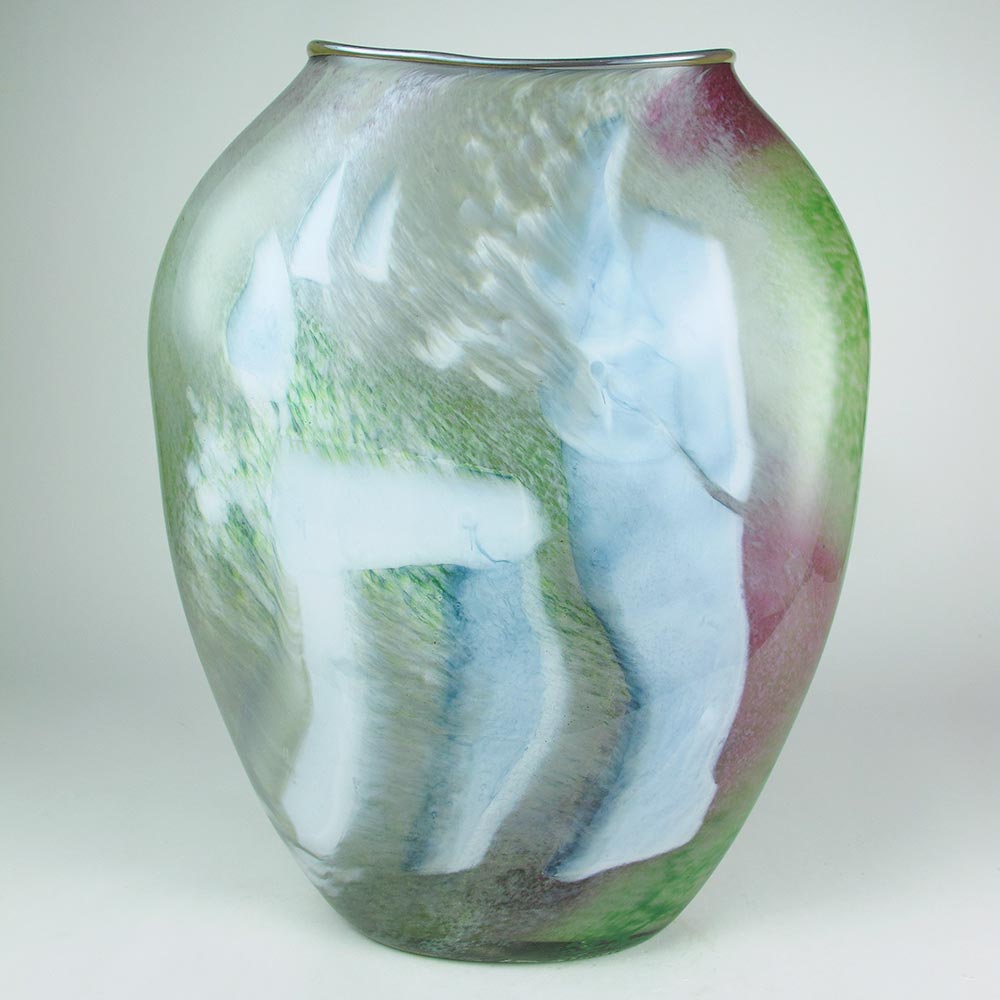
Stone Circle reverse
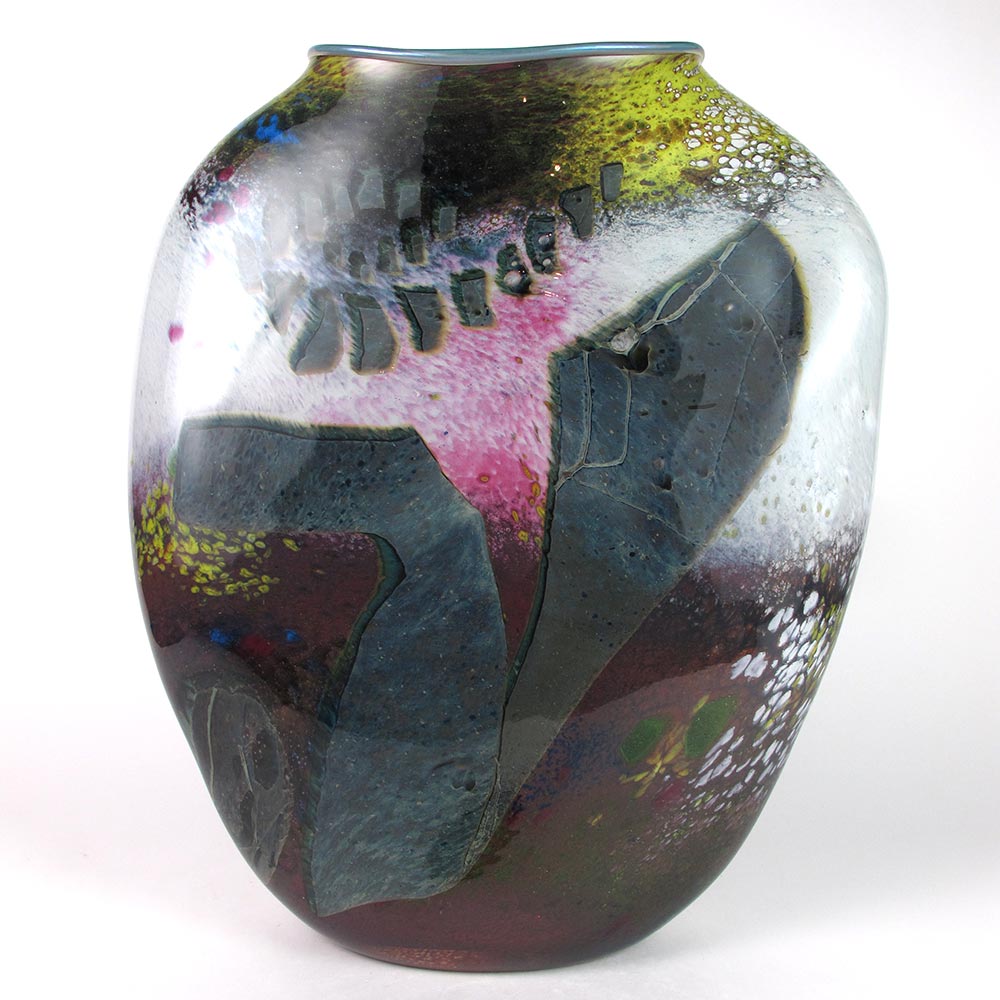
Standing Stones by W. Morris
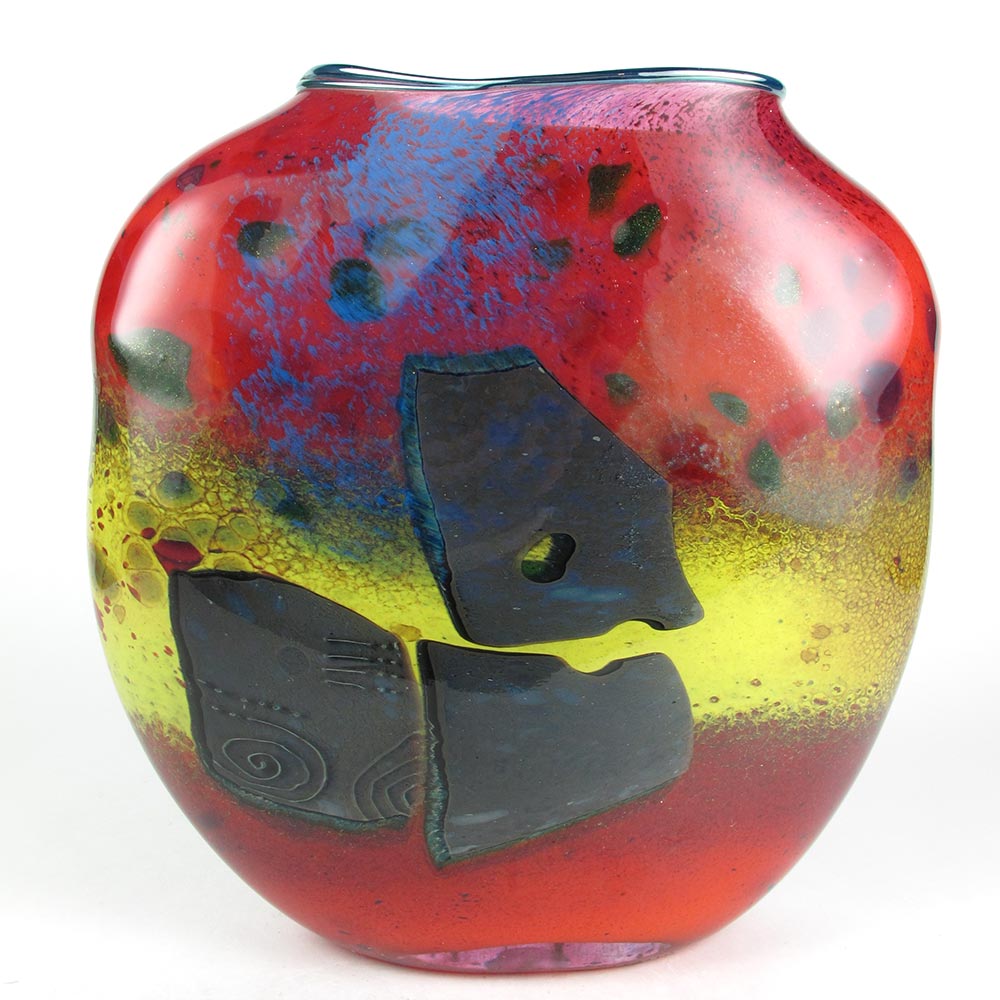
Standing Stones by W. Morris
“Glassblowing is an animal unto itself. It requires skill, knowledge, physical strength and respect.”
- William Morris
Read more about William Morris...
